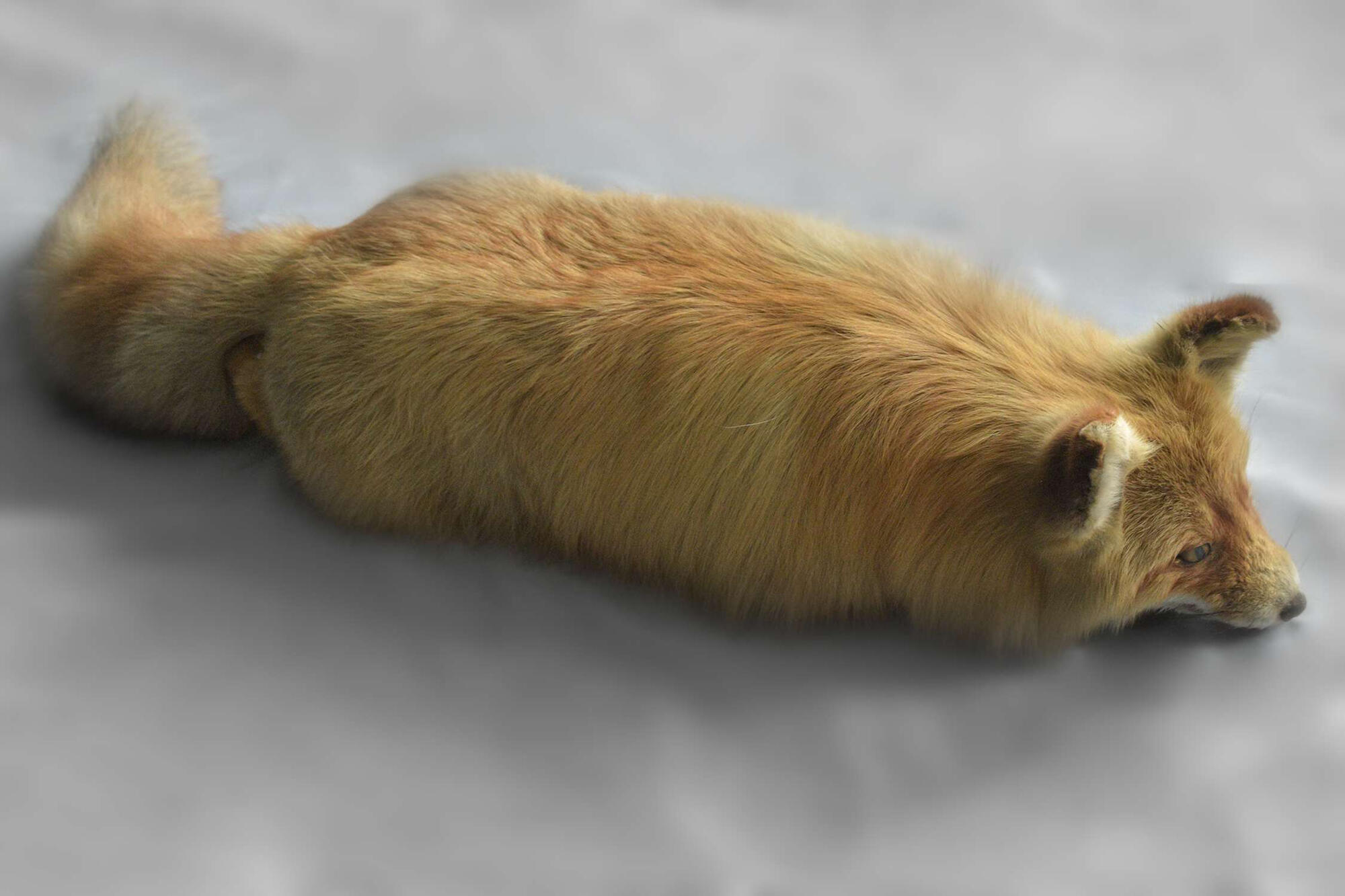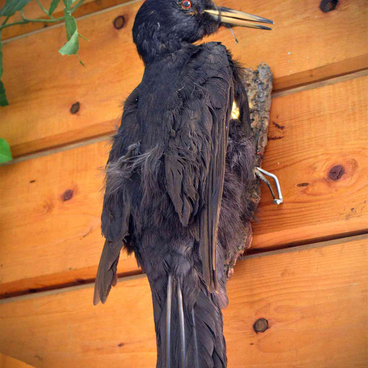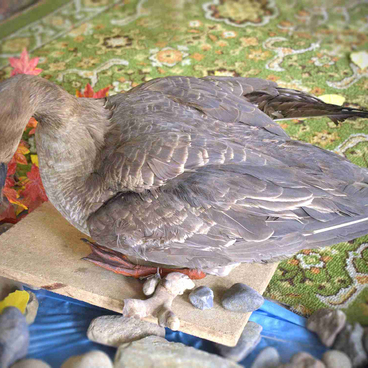The red fox is a carnivorous mammal. It is a member of the dog-like (Carnivora) family. Its Russian name ‘lisa’ originates from the adjective in Old Slavonic, ‘lisiy’, which meant ‘yellowish-orange’. The red fox is the largest member of its genus. Its weight can reach 10 kilograms. Usually, the length of the animal’s body plus its tail does not exceed 150 centimeters.
Red foxes have powerful jaws. The predator’s forty two teeth can easily handle practically any food. The animal is famous for its bushy long tail. Not only is this part of the body beautiful but also useful, as it helps the red fox to balance white it is running. In winter time, the tail protects the sleeping animal from the cold.
The predator’s eyesight is excellent. Red foxes can easily find their bearings even late at night, but strangely enough, these animals have come to rely on their senses of smell and touch and not their eyesight while moving or hunting. Their hearing is excellent, and they are able to detect various smells really well.
The red fox’s summer coat is short and sparse, while the winter one is thick and fluffy, thus making the animal the target of hunters for fur. The mammal sheds it from February to July. Afterwards, the predator’s winter coat starts to appear. By November, this animal is completely ready for the winter season.
According to scientific studies, the diet of red foxes includes more than four hundred different types of animal-based foods and several types of plants. They start hunting at dusk and prefer to rest in their burrows in the daytime. Unlike many other mammals, these creatures do not group together. The predator prefers its solitary lifestyle. Animals that are stronger and bigger in size than red foxes quite often attack them. These include wolves and other predators, such as lynxes, wolverines and bears, which do not miss out on an opportunity to feast on the flesh of this species and its offspring. Stoats, polecats and even Eurasian badgers all pose a threat to red foxes. Young as well as smaller in size sub-types of foxes can also be attacked by large birds of prey. Eagles, falcons, hawks and sea eagles can kill them. But foxes are not easy prey. They are quite cunning, fast and excellent at climbing trees.
Red foxes have powerful jaws. The predator’s forty two teeth can easily handle practically any food. The animal is famous for its bushy long tail. Not only is this part of the body beautiful but also useful, as it helps the red fox to balance white it is running. In winter time, the tail protects the sleeping animal from the cold.
The predator’s eyesight is excellent. Red foxes can easily find their bearings even late at night, but strangely enough, these animals have come to rely on their senses of smell and touch and not their eyesight while moving or hunting. Their hearing is excellent, and they are able to detect various smells really well.
The red fox’s summer coat is short and sparse, while the winter one is thick and fluffy, thus making the animal the target of hunters for fur. The mammal sheds it from February to July. Afterwards, the predator’s winter coat starts to appear. By November, this animal is completely ready for the winter season.
According to scientific studies, the diet of red foxes includes more than four hundred different types of animal-based foods and several types of plants. They start hunting at dusk and prefer to rest in their burrows in the daytime. Unlike many other mammals, these creatures do not group together. The predator prefers its solitary lifestyle. Animals that are stronger and bigger in size than red foxes quite often attack them. These include wolves and other predators, such as lynxes, wolverines and bears, which do not miss out on an opportunity to feast on the flesh of this species and its offspring. Stoats, polecats and even Eurasian badgers all pose a threat to red foxes. Young as well as smaller in size sub-types of foxes can also be attacked by large birds of prey. Eagles, falcons, hawks and sea eagles can kill them. But foxes are not easy prey. They are quite cunning, fast and excellent at climbing trees.



